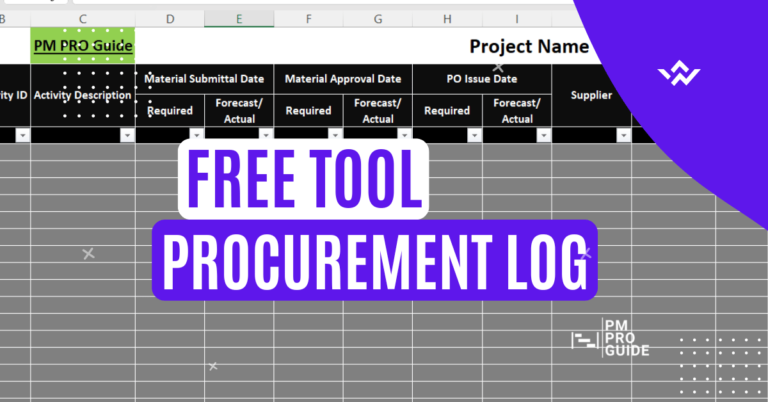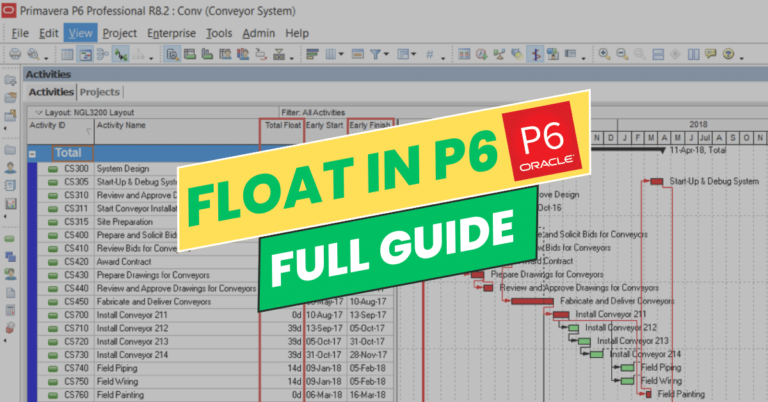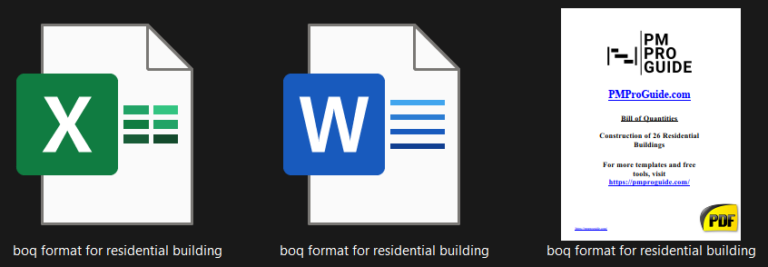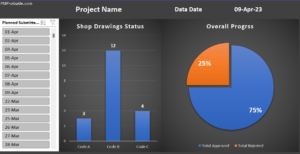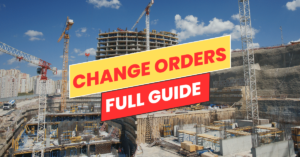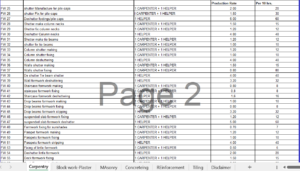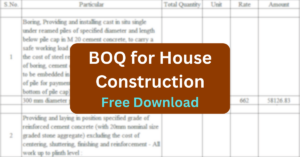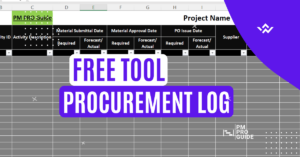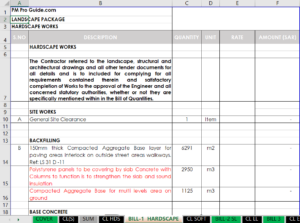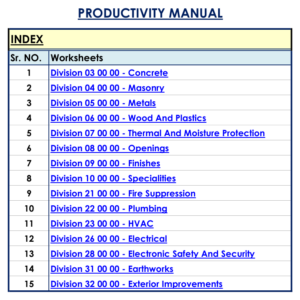Project planning is a crucial part of any construction project. A well-planned project ensures that everything is executed according to the plan, and the project is completed on time and within budget. One of the key elements of project planning is the development of a Level 3 schedule.
Table of Contents
What is Level 3 Schedule?
Level 3 schedule is a detailed project schedule that outlines the work to be performed, the sequence of activities, and the duration of each activity. This schedule is developed after the creation of the Level 1 and Level 2 schedules, which provide a broader overview of the project.
In this article, we’ll take a closer look at what a Level 3 schedule is, why it’s essential, and how to create one effectively. Whether you’re a project manager or a construction professional, this article will provide you with the knowledge and tools you need to succeed in your next construction project.
The Level 3 schedule is also known as the “detailed schedule” and provides a more detailed view of the project. It breaks down the project into smaller, more manageable components, making it easier to track progress and make adjustments as necessary.
Why is a Level 3 Schedule Important in Project Planning?
A Level 3 schedule is essential in project planning for construction projects for several reasons:
- It provides a detailed overview of the project: The schedule breaks down the project into smaller components, making it easier to track progress and make adjustments as necessary.
- It helps identify critical activities: The schedule identifies critical activities and helps prioritize them. This helps ensure that the project is completed on time.
- It helps manage resources: The schedule helps identify the resources required for each activity, making it easier to manage resources effectively.
- It facilitates communication: The schedule provides a detailed view of the project, making it easier to communicate the project status to stakeholders.
How to Create a Level 3 Schedule?

Creating a Level 3 schedule for construction projects can be challenging, but it’s a critical part of project planning. Here’s how to create a Level 3 schedule effectively:
Step 1: Develop the Work Breakdown Structure (WBS)
The first step in creating a Level 3 schedule is to develop the Work Breakdown Structure (WBS). The WBS breaks down the project into smaller, more manageable components. Each component should be a unique work package that can be completed within a specific timeframe.
Step 2: Define Activities and Milestones
Once you’ve developed the WBS, the next step is to define the activities and milestones. Activities are the tasks required to complete each work package, while milestones are significant events in the project
that mark the completion of specific phases or deliverables. It’s important to be specific when defining activities and milestones to ensure accurate sequencing and duration estimation.
Step 3: Estimate Activity Durations and Resources
After defining the activities and milestones, the next step is to estimate the duration of each activity and the resources required to complete them. The accuracy of the duration estimation is critical in creating a realistic schedule. Resources could include labor, equipment, and materials required to complete each activity.
Step 4: Sequence Activities and Create a Network Diagram
Once the activities and milestones have been defined and their durations estimated, the next step is to sequence the activities and create a network diagram. The network diagram is a visual representation of the project’s activities and their dependencies.
Step 5: Estimate the Critical Path
The critical path is the longest path of dependent activities that determines the project’s duration. It’s crucial to estimate the critical path accurately as it helps identify the activities that could cause delays in the project’s completion.
Step 6: Create the Level 3 Schedule
The final step is to create the Level 3 schedule using the information gathered in the previous steps. The schedule should include start and end dates for each activity and milestone, activity durations, critical path activities, and resource requirements.
Common Challenges in Creating a Level 3 Schedule for Construction Projects
Creating a Level 3 schedule for construction projects can be challenging, and some common challenges include:
- Inaccurate duration estimates: Accurate duration estimates are critical in creating a realistic schedule. Incorrect duration estimates could cause delays in the project’s completion.
- Sequencing errors: Incorrect sequencing of activities could lead to delays and rework.
- Lack of visibility: Lack of visibility could lead to misunderstandings and miscommunication, which could cause delays in the project’s completion.
FAQs
Q: What is the difference between a Level 1, Level 2, and Level 3 schedule?
A: A Level 1 schedule provides a high-level overview of the project, while a Level 2 schedule provides more details. A Level 3 schedule provides a more detailed view of the project and breaks it down into smaller components.
Q: Who is responsible for creating the Level 3 schedule?
A: The project manager is typically responsible for creating the schedule.
Q: Can changes be made to the Level 3 schedule once it’s been created?
A: Yes, changes can be made to the Level 3 schedule as needed, but they should be carefully considered to avoid delays or additional costs.
Conclusion
In conclusion, a Level 3 schedule is a critical component of project planning for construction projects. It provides a detailed view of the project, helps identify critical activities, manages resources effectively, and facilitates communication with stakeholders. By following the steps outlined in this article and addressing the common challenges, construction professionals can create an effective schedule and ensure the success of their projects.

